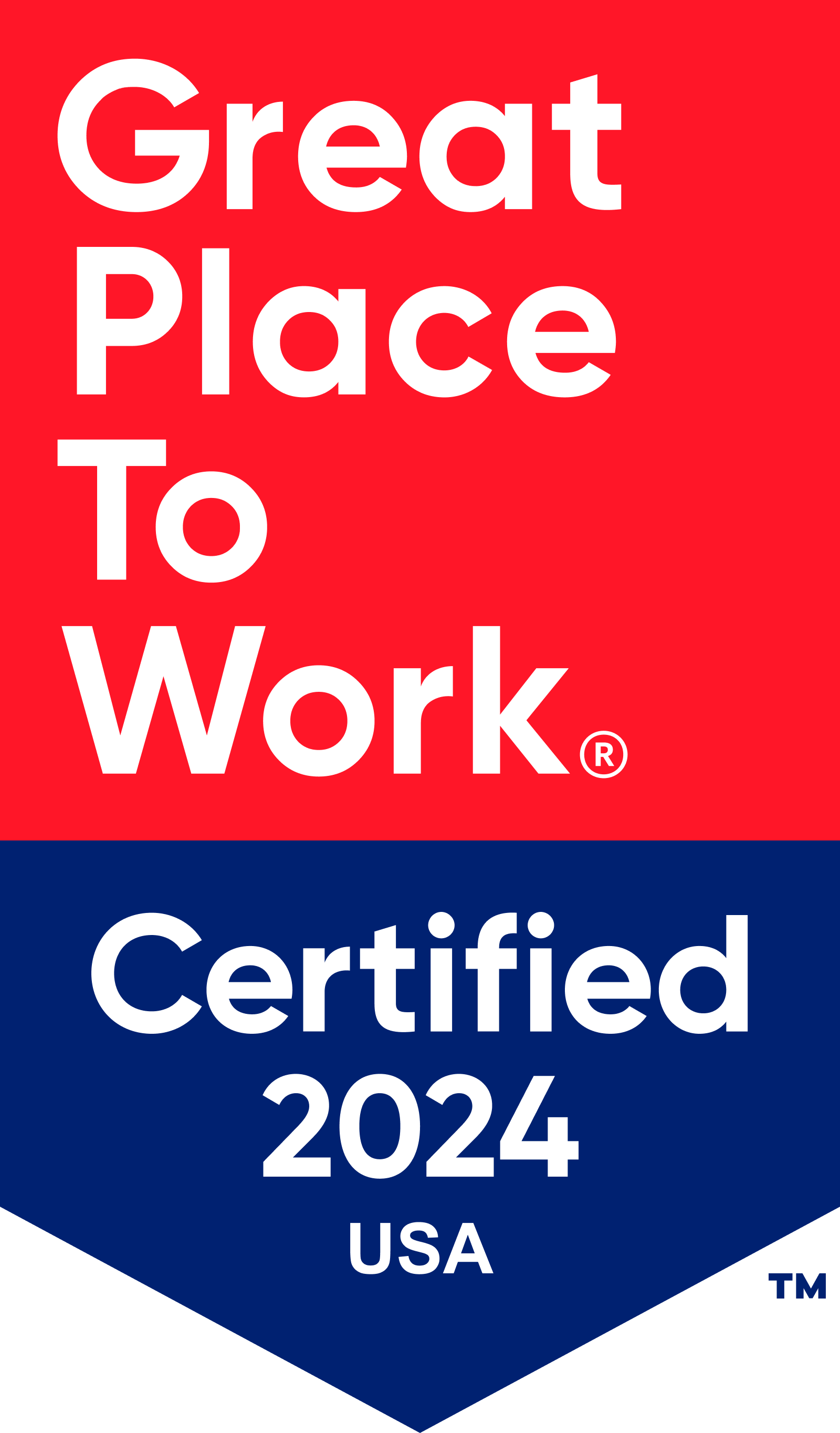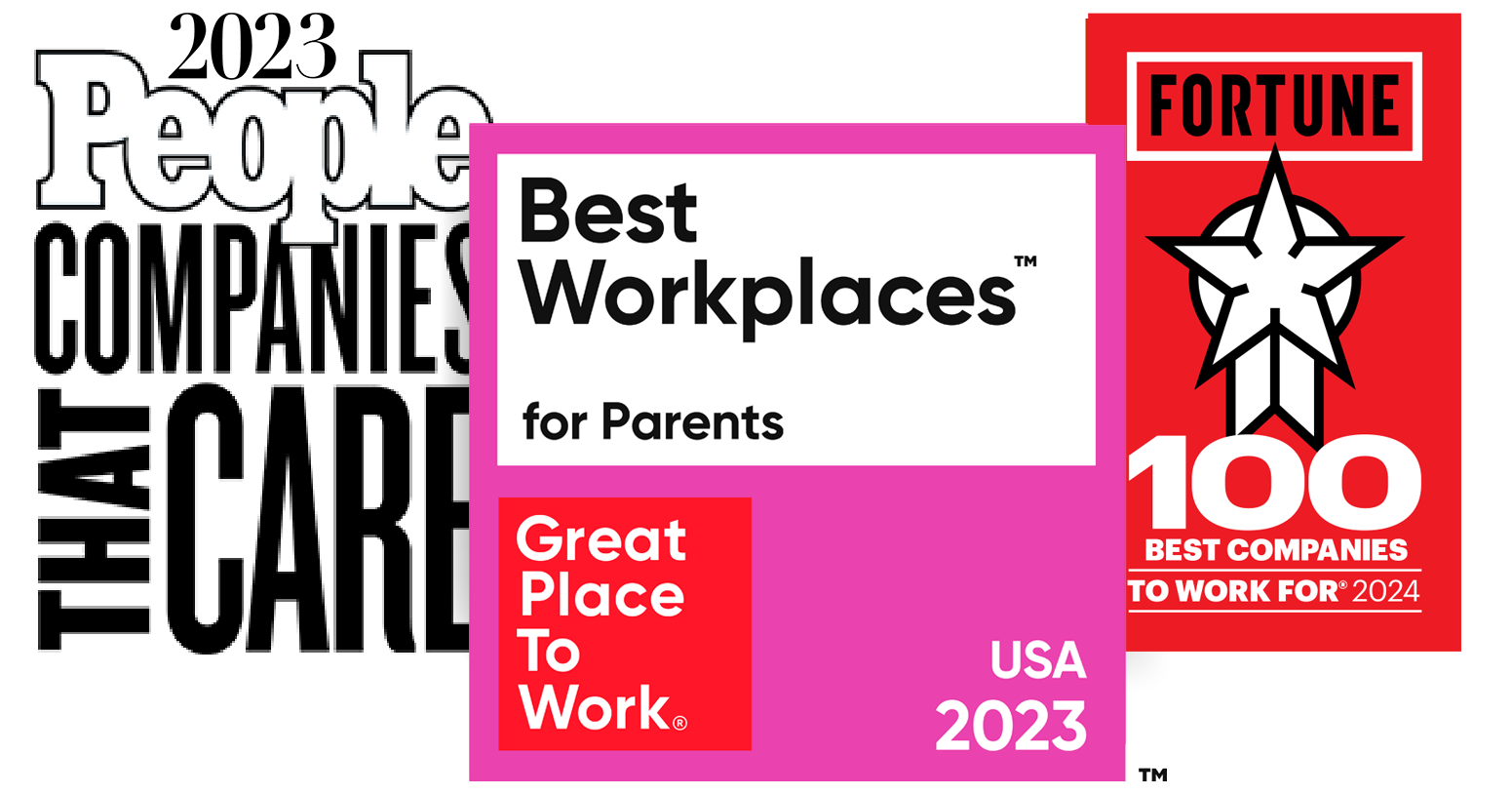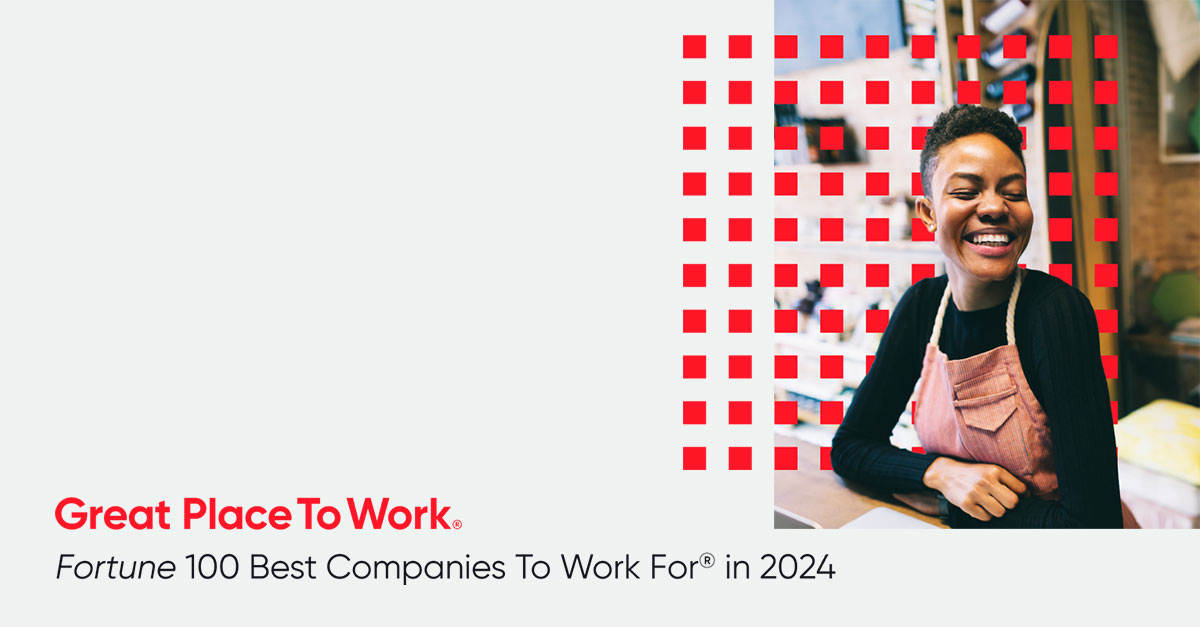Effective Communication in the Workplace
There is a lot of empty space out there—not outer space as you might be imagining, but the space that exists between people, ideas and actions. Space is an ambiguous place, which means it can be a place for great opportunity for effective communication in the workplace.
Creating space: we hear it scattered throughout our culture. A basketball player creates space between their defender in order to take a higher percentage shot, and an artist makes use of negative space to convey meaning and create masterpieces. Kristy Koser, a Resident in Counseling, said that “creating space in psychotherapy allows for the deepening of experiences in a safe holding environment to permit new patterns of relating and understanding to emerge.”
What’s so interesting about this insight is that if we were to substitute the context from therapy to effective communication in the workplace, it would still hold true.
In previous posts, we’ve engaged in exploring what dialogue is and why it is valuable. Now, we will explore how one begins using dialogue by learning the technique of creating space. It might be helpful to think about the function a plastic bag offers a snack, or an air-tight container offers coffee beans; each provides a space for those items to exist where they previously did not. If laugher, for instance, was missing from a workplace, one could create a space for humor to exist. One with the authority and ambition to do so might say, “I want people to feel free to laugh here without fearing they will be seen as unprofessional or slacking off.” With that simple statement a space is opened for new behaviors to fill.
The goal of a great workplace is to help the flow of rich and effective communication to and from different departments. Not just at water coolers and break rooms, but into meetings both large and small. If we can promote dynamic conversations throughout a workplace, then we have succeeded in creating a space where employees can feel safe and valued for sharing. Imagine the dormant ideas that would spark life in areas where there was previously only empty space!
What might become of a workplace if the concept of creating space was an accepted norm? Workplaces may become more resilient because they could circumvent ideas that weren’t well thought-out or challenged. Interpersonal relationships might tighten as a result of deeper patterns of effective communication.
It’s right there in that space. It has always been there; only now it might look a little different. Space: explore it and find out what opportunities are hiding.
Read our blog on Increasing Communication for tips on how to creatively use space in your workplace.
Joseph Alonzo recently graduated Saybrook University with a Master's degree in Organizational Development and is a guest blogger for Great Place To Work®.
Read Joseph’s previous blogs on Increasing Dialogue in the Workplace and The Difference between Debate, Discussion and Dialogue.




























